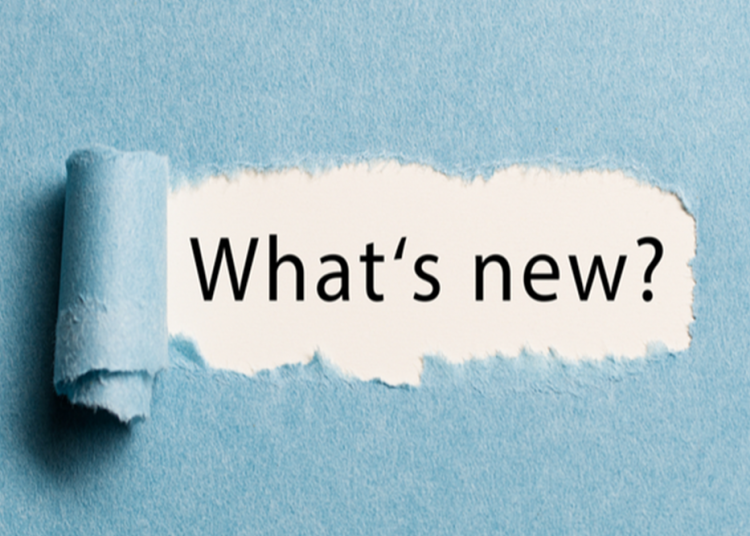U.S. employers added 206,000 jobs in June as hiring held steady despite persistent inflation and high interest rates.
But the employment picture was mixed at best as job gains for April and May were revised down by a hefty 111,000 and the private sector added a disappointing 136,000 jobs.
Also, the unemployment rate, which is calculated from a separate survey of households, rose from 4% to 4.1%, the highest since November 2021, the Labor Department said Friday. The increase was triggered by an encouraging rise in the labor force − the pool of people working and hunting for jobs − that outstripped the number that landed positions.
Economists surveyed by Bloomberg had estimated that 195,000 jobs were added last month, so job creation modestly beat estimates.
But the job market in the spring was decidedly less buoyant than believed. Payroll gains were revised down from 165,000 to 108,000 in April and from 272,000 to 218,000 in May.
Broadly, economists say, the report could bolster the case for the Federal Reserve to cut interest rates as early as September.
Are wages falling or rising?
Average hourly pay rose 10 cents to $35, pushing down the yearly increase to 3.9%, the lowest since June 2021.
Wage growth generally has slowed as pandemic-related worker shortages have eased, but it’s still above the 3.5% pace that’s in line with the Federal Reserve’s 2% inflation goal.
Many Americans, meanwhile, have more purchasing power because typical pay increases have outpaced…



























































